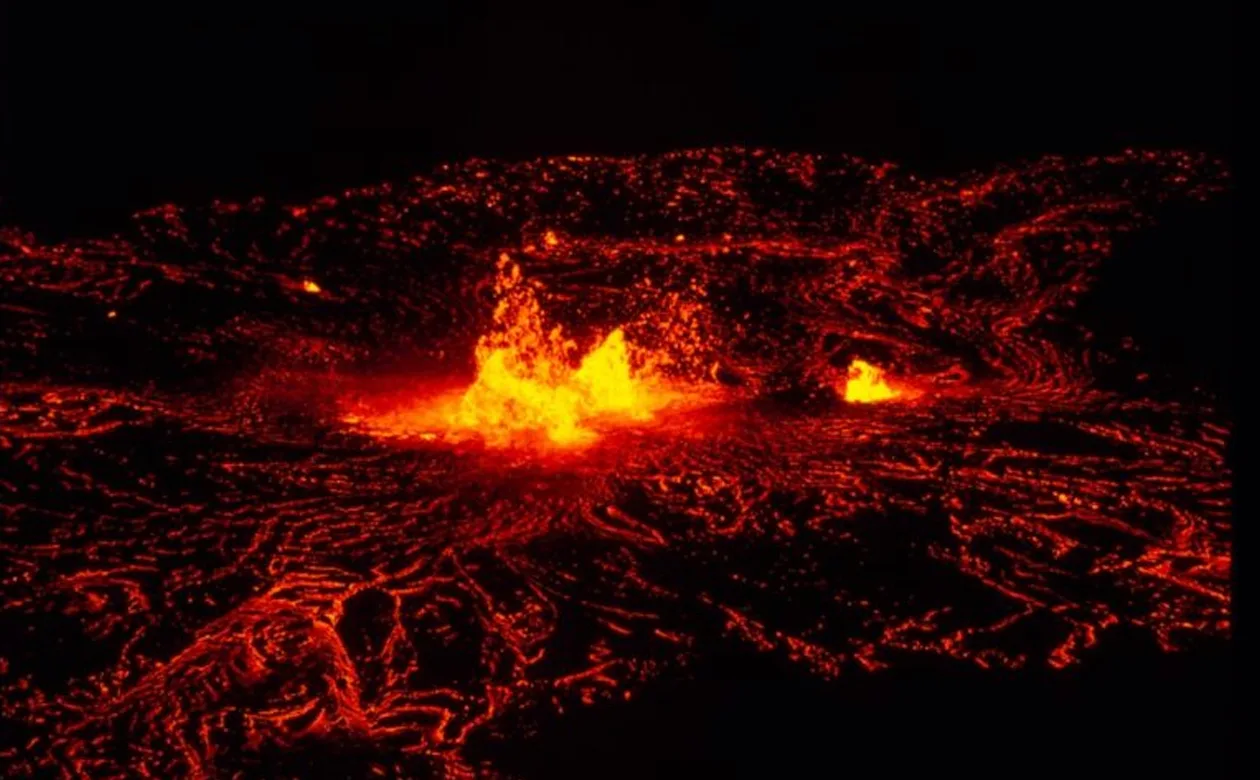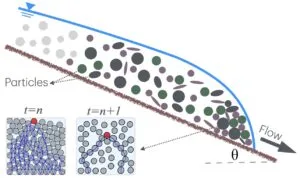
Thanks to a new National Science Foundation grant, researchers at the John and Marcia Price College of Engineering will collaborate with teams at the Massachusetts Institute of Technology and Brown University on a new project at the intersection of artificial intelligence and geoscience.
Natural disasters — from avalanches, to earthquakes, to volcanic eruptions — are essentially chaotic: once stable systems quickly become disordered and wreak havoc. In many of these scenarios, solid material becomes more liquid-like and begins to flow, endangering anything in its path.
These particle-laden flows are complex because the solids and fluids interact in diverse ways: sometimes the mixture acts like a solid, other times like a liquid, and often something in between. Advanced computational techniques are necessary to model this complexity and make predictions about how flows will behave in the real world.
The NSF Project, titled “Understanding the dynamical behavior of dense granular media in Geosciences using Interpretable AI,” was awarded under its Collaborations in Artificial Intelligence and Geosciences program.
Salah Faroughi, Assistant Professor in the Department of Chemical Engineering, and Amir Arzani, Associate Professor in the Department of Mechanical Engineering and the Scientific Computing and Imaging Institute, will lead the Utah contingent. Their MIT colleagues will provide experimental data, while those at Brown will conduct the numerical modeling. Ultimately, Faroughi and Arzani will convert these models into an AI framework that can discover the equations that describe the interactions in these disordered flows.

“By using AI methods that are designed to be transparent and interpretable, this work not only enhances the scientific understanding of rheology of dense suspensions of solid particles but also helps build public trust in AI-driven tools,” says Faroughi.
“Interpretability” — the ability of human users to understand an AI system’s reasoning — is a critical quality for AI tools, especially when they apply to the physical world.
“By developing interpretable AI tools, we seek to discover mathematical models that scientists can understand, trust, and use in multiple relevant applications,” says Arzani.
Educationally, the project supports a vertically integrated training model, where postdocs mentor graduate and undergraduate students in a collaborative, hands-on research environment. The team will also create publicly accessible AI tools, YouTube tutorials, and organize quarterly seminars to disseminate their advances in AI for geosciences.
